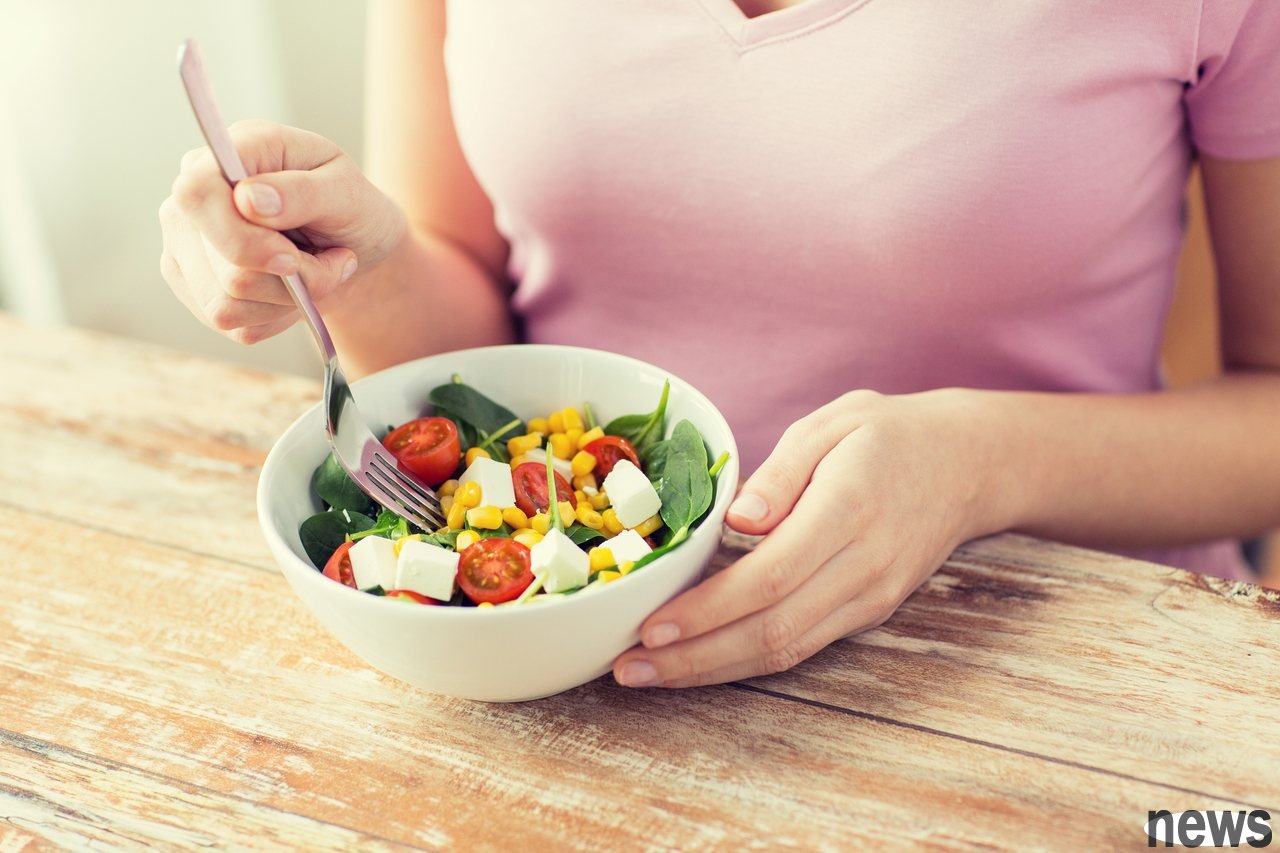
Is it normal for eating a "low GI diet" to increase weight instead of reducing it? A diabetic with excessive weight was subject to a low GI diet in order to control weight and blood sugar. However, after half a year, his weight not only did not decrease, but instead increased and he became fat. Nutritionist Shen Wanzheng found that although the patient's daily diet is mainly low-GI food, he ignores the important "carbohydrate" portions. Therefore, he reminds that in addition to low-GI food, he should also pay attention to "low-GL diet".
"In addition to low GI, diet should also be low GL." Shen Wanzheng pointed out in his face fan page that generally speaking, eating foods with low GI index means that eating foods with low glycogen index will digest slowly compared to foods with high glycogen index, so blood sugar will not rise rapidly. Therefore, some people say that a low GI diet is not a "low" insulin diet, but a "slow" insulin diet, and will eventually become hot.
In addition to low GI, it should also be low GL. In nutritional clinics, nutritionists should consider the conditions and needs of different ethnic groups, focus on the patient's lifestyle adjustment, and use "balance" as the starting point. If you want to maintain stable blood sugar, you should avoid eating too much heat. Shen Wanzheng suggested that diet adjustment plans should be suggested in the direction of both GI and GL values. What is the
GL value? Shen Wanzheng said that the Glycemic Load value is a nutritional indicator based on the GI value of food and considers the total content of each serving of carbohydrates. However, since GL values vary from person to person, she also provides the following dietary principles to help the public create a healthy diet.
How to eat low GL diet?Shen Wanzheng suggested that if you want to control the carbohydrate intake, you can start by choosing low-GI ingredients and pair it with healthy fats rich in Omega-3 fatty acids:
Choose low-GI ingredients: In principle, foods rich in dietary fiber belong to low-GI values, such as cauliflower, crocus, and large tomatoes, or unrefined full grains, fruits, beans, fish, and eggs. Fruits such as apple, citrus and pears are recommended to serve 2 servings a day. Foods rich in water-soluble dietary fibers are helpful in stabilizing blood sugar and reducing diasterols.
Choose Omega-3 fatty acids rich in: Cooking mostly uses vegetable oils such as olive oil and canola oil. Research has found that phytosterols in vegetable oil are helpful for blood sugar control; some are replaced by fruits to reduce the human body's excessive consumption of fat and Omega-6 fatty acids.
Shen Wanzheng reminded that in addition to actually lowering GL diet, he should also eat less refined powder, cakes, pizza and other foods, and choose natural prototype foods, because most prototype foods belong to food types that require more chewing, which will slow down the body's absorption and nutritional absorption and blood sugar will not easily rise, so that the body can effectively control weight.
Shen Wanzheng is also supplemented, and proper diet is the most important. Regardless of GI or GL values, you should carefully choose to eat ingredients that are in your stomach, listen as much as possible to the signal sent by your body, and choose to eat some healthy appetite when you feel tired and need some energy. If you eat, don’t eat it again. Get up and use diet and exercise to maintain your body condition.
【This article is authorized by uho Health Network, and the original article is published on the website: https://www.uho.com.tw/article-62398.html】
(Responsible editor: Ye Zicen)